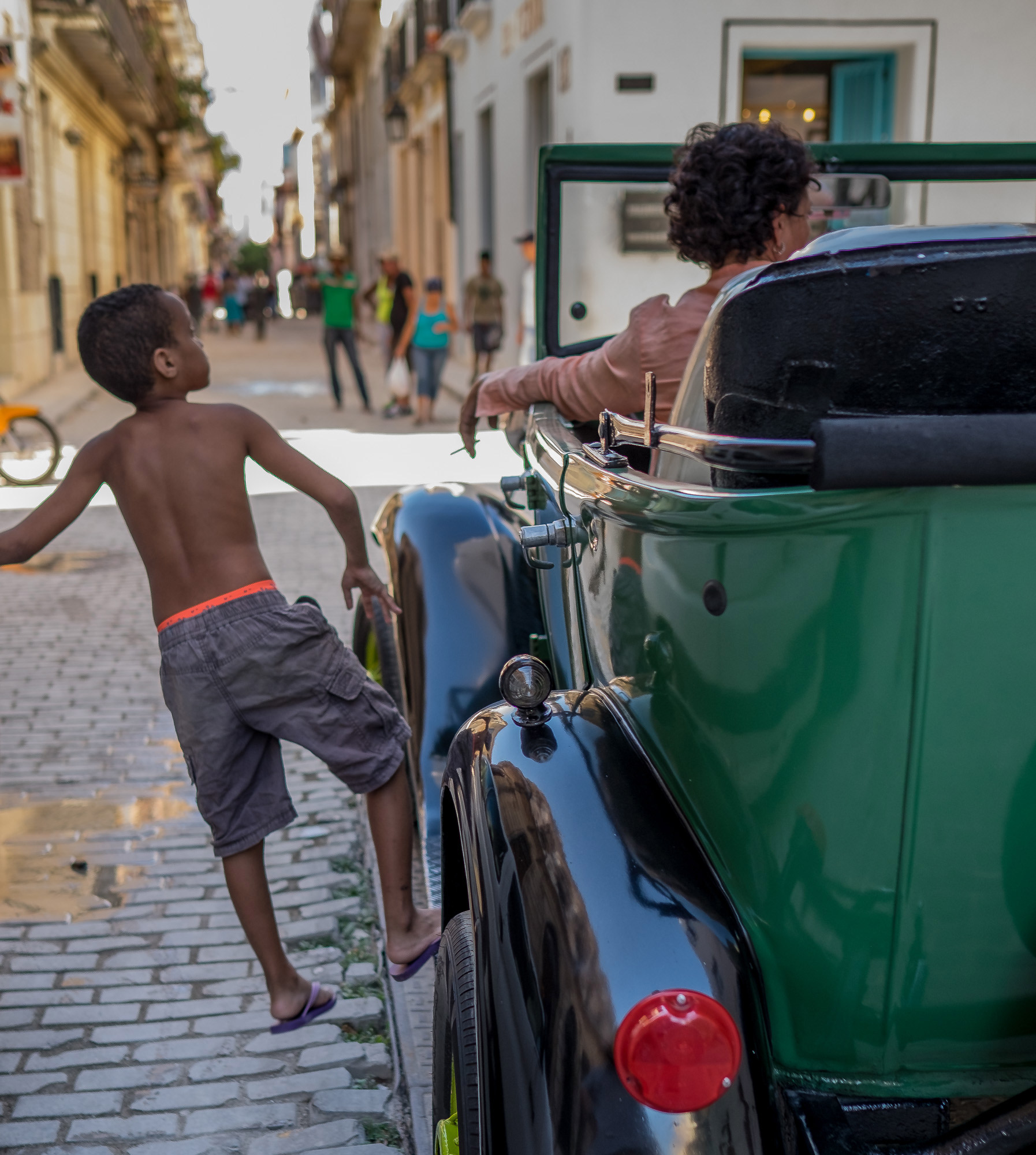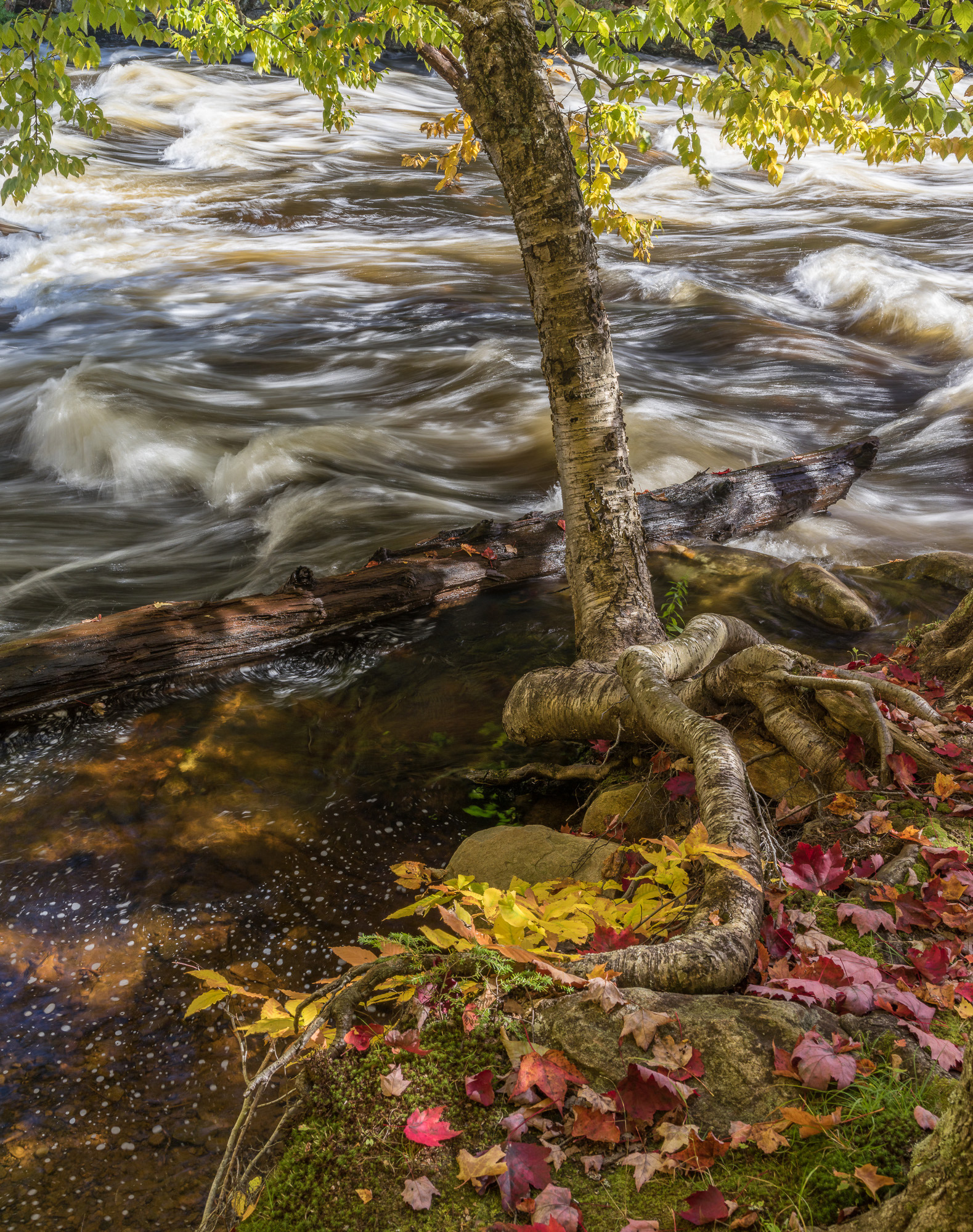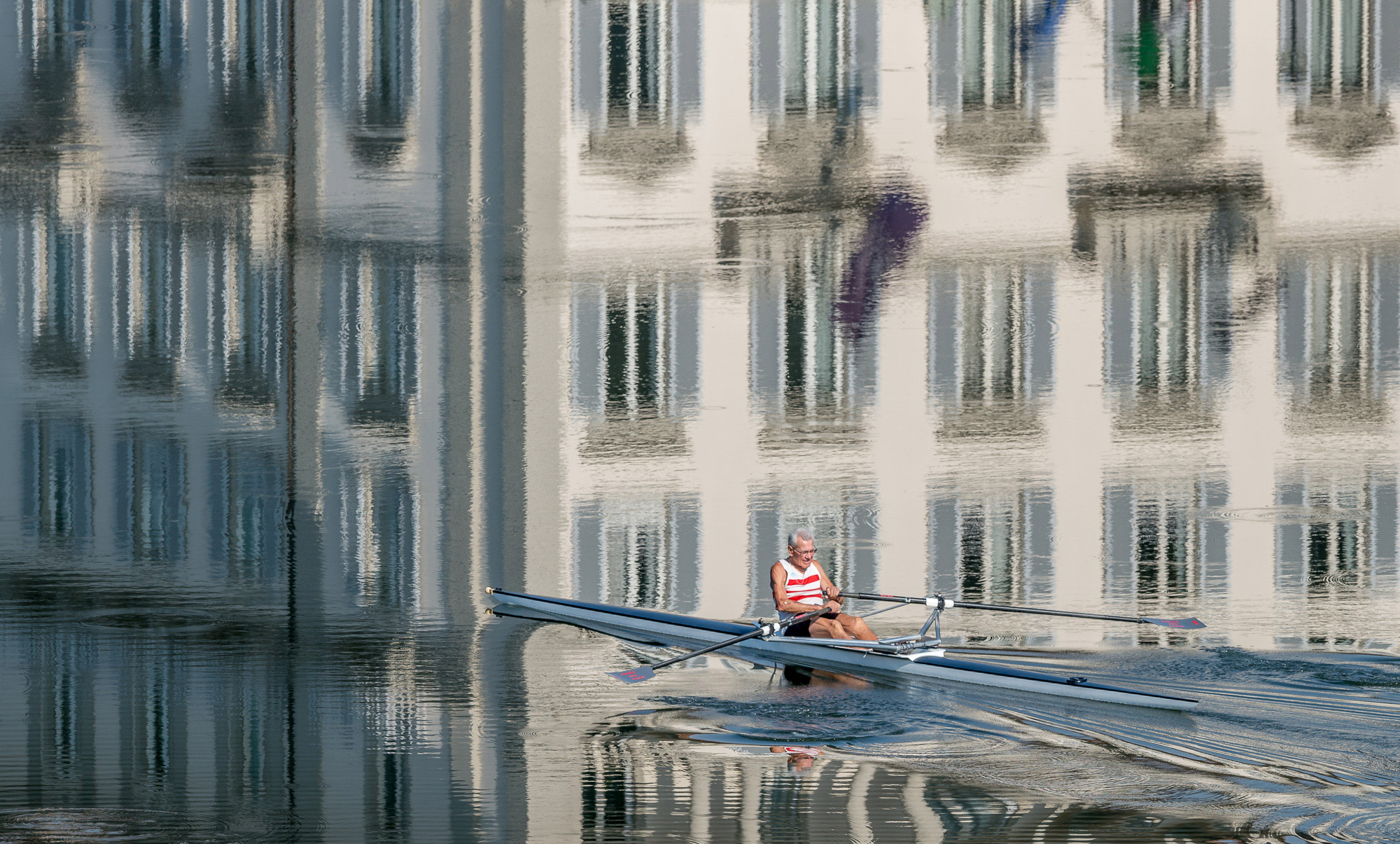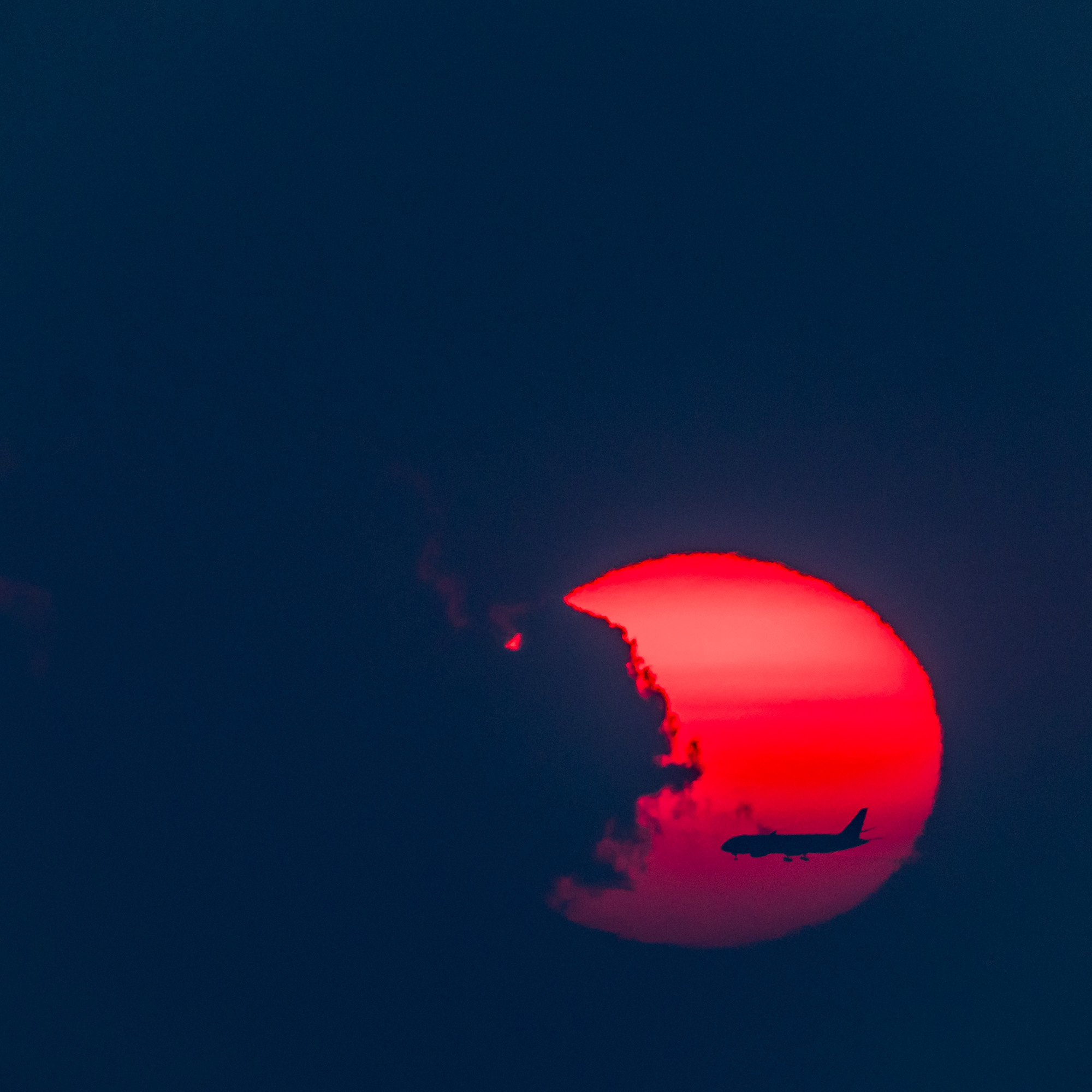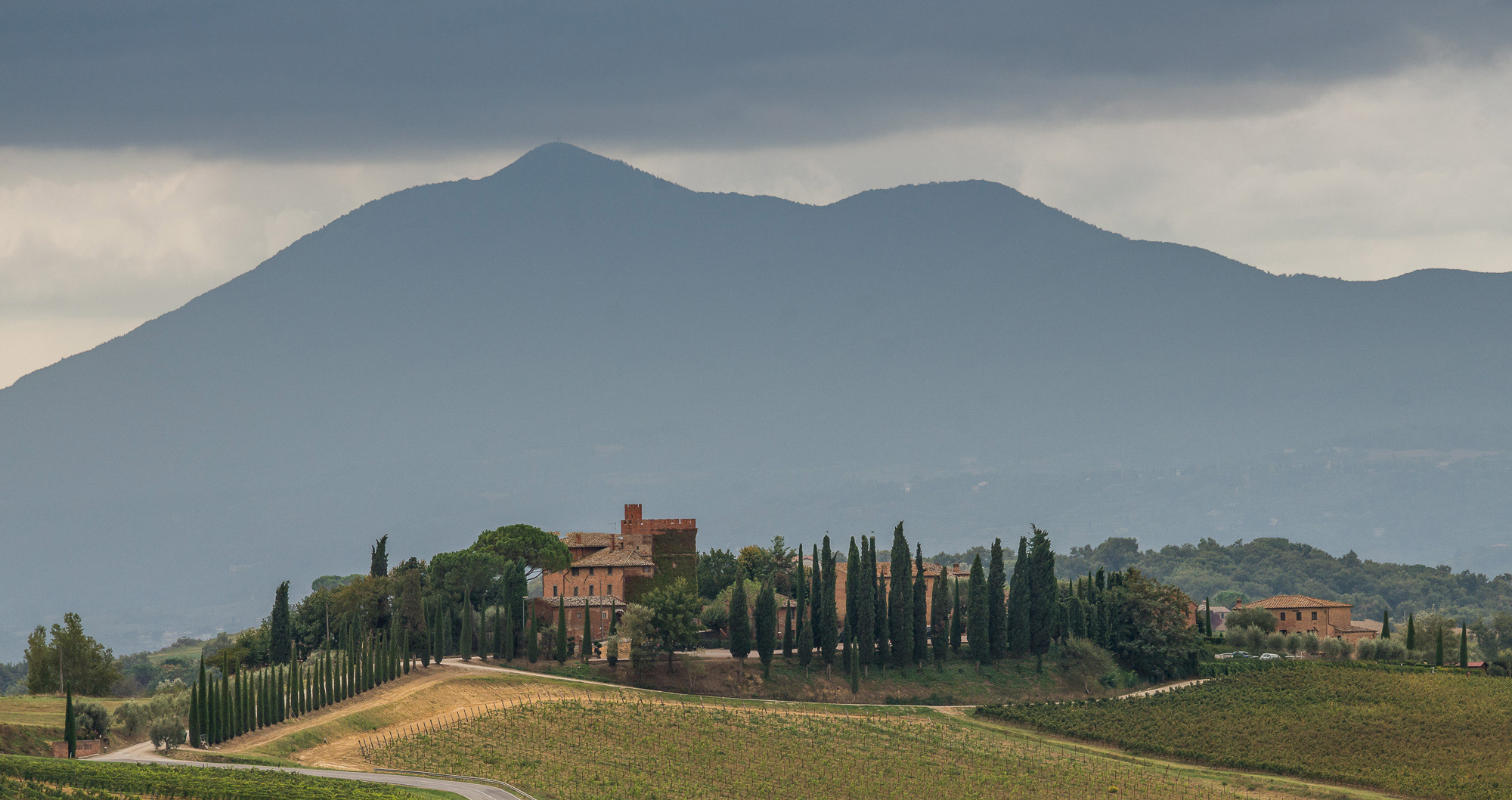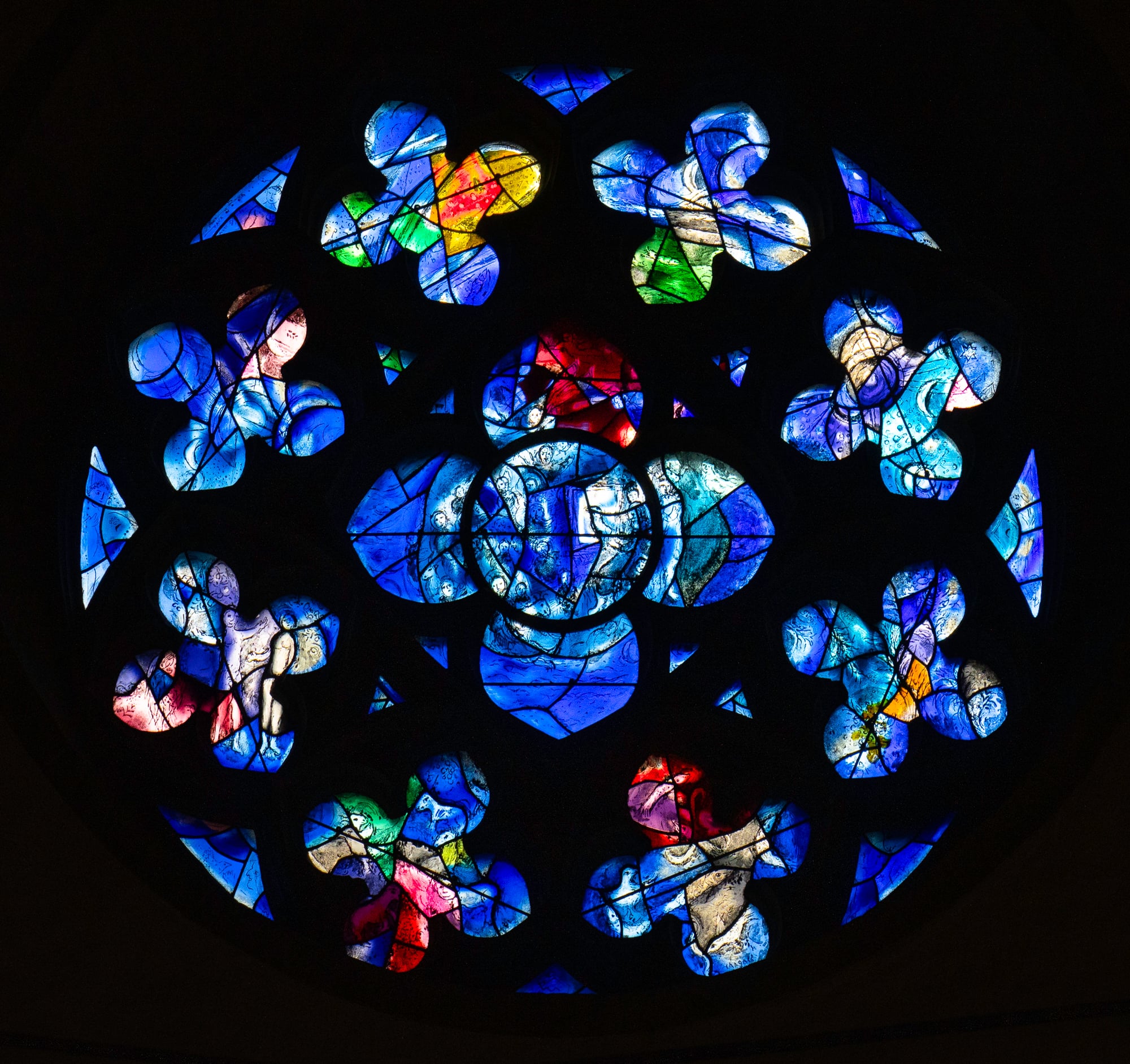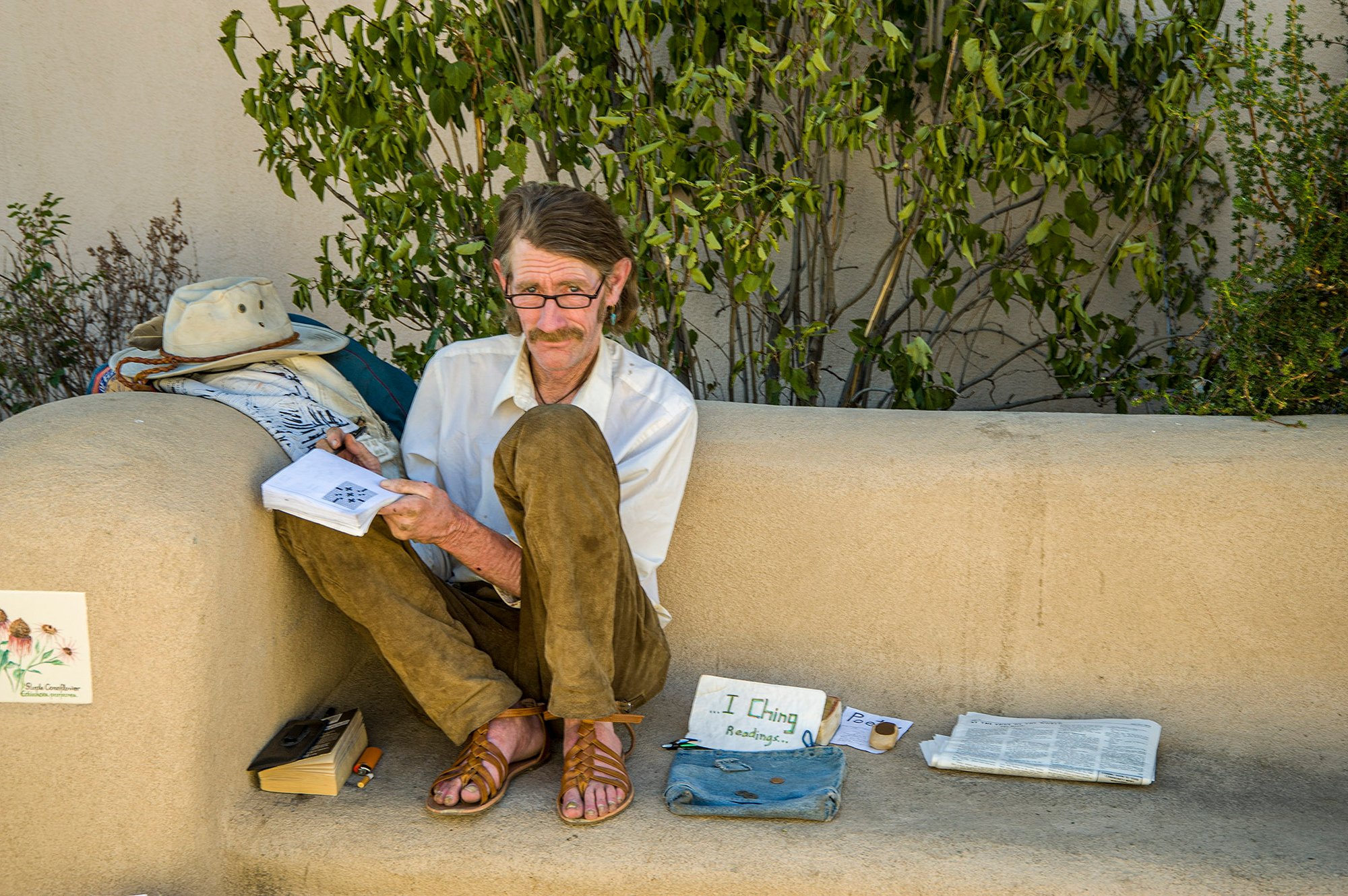

It’s autumn in New England and Luis goes out into the countryside with his camera, hoping to photograph something beautiful. It’s not long before he finds what he’s looking for. There, against a distant, still mostly green hillside is a mixed stand of trees with all the intense colors of fall. He raises the camera and shoots. Next day he makes a 20 by 30 inch print of the picture, mats it, frames it, and a week later sells the result to his local bank, which hangs it in the lobby. It’s new, and it’s beautiful, so a few customers stop and look at it for a second or two. To some extent it raises in its viewers an emotion similar to the emotion that made Luis raise his camera in the first place. But next time the same customer walks through the lobby he may merely glance at the picture. It’s still beautiful but the jolt he got from the initial impact is gone. The image stays on the wall and continues to be beautiful, but doesn’t travel with the viewer as he walks on.
In his book, Poetry and Experience, Archibald MacLeish pointed out that the impact — the meaning — of good poetry isn’t in the words themselves or even in the images, but in the interstices between the images. The images dance with each other, speak to each other, and speak ultimately to a part of the reader’s inner existence beyond conscious examination. For a marvelous example of this, read Dylan Thomas’s “Do Not Go Gentle Into That Good Night.”
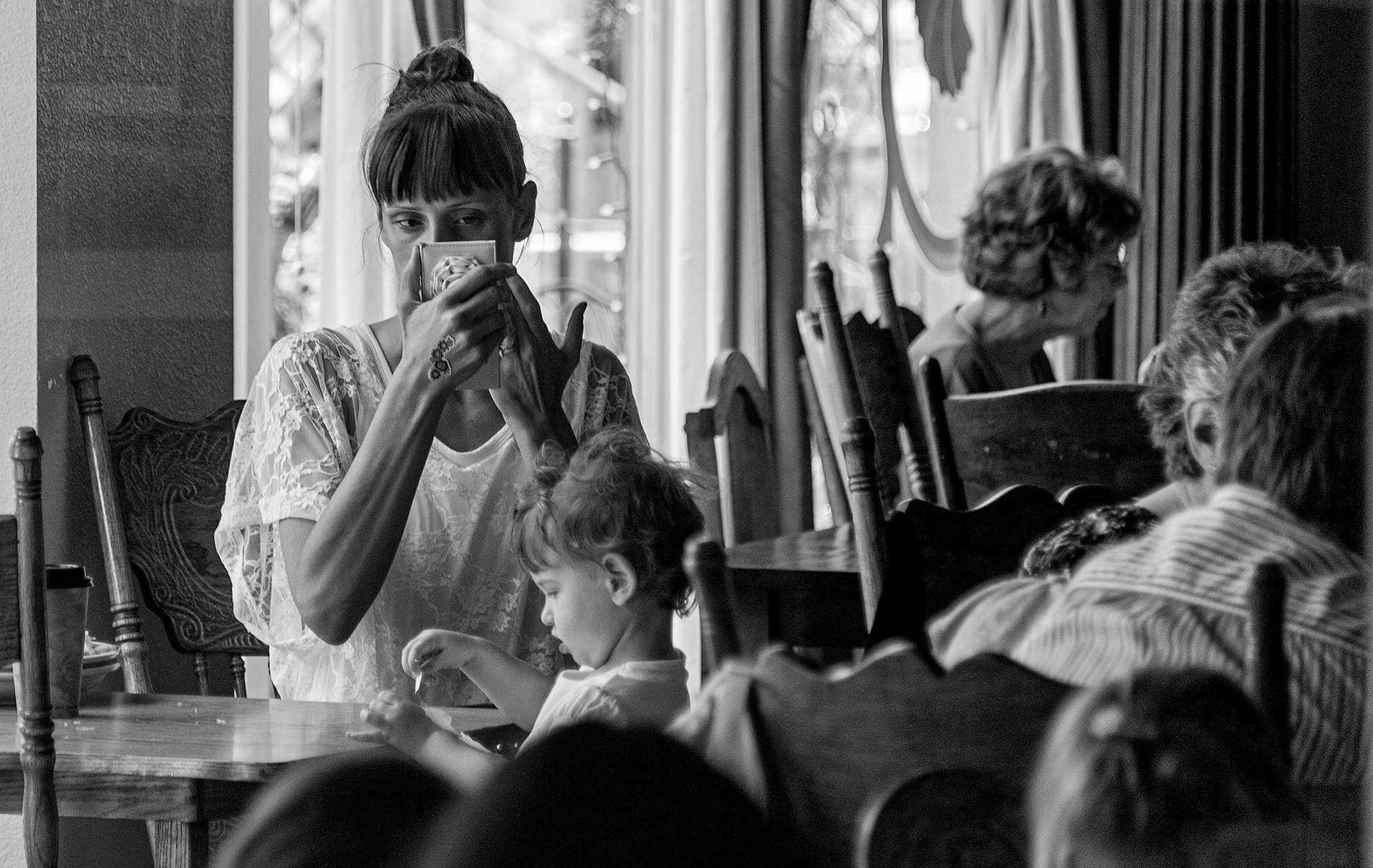

And so it is with effective street photography. In order for a street photograph to be effective the images in the picture must dance with each other and speak to each other. If that happens, there will be meaning in the interstices between the images that the viewer can take with him, not necessarily as a memory but as an addition to the significance of his own life.
A picture of a street is not street photography. In fact, street photography has absolutely nothing to do with streets. I suspect the reason the genre got its unfortunate name is that in the early days, when people like Andre Kertesz and Henri Cartier-Bresson started shooting pictures that captured meaningful unposed interactions between people and between people and their environment lenses and film were slow enough that you almost had to be on the street with good light to make your pictures.
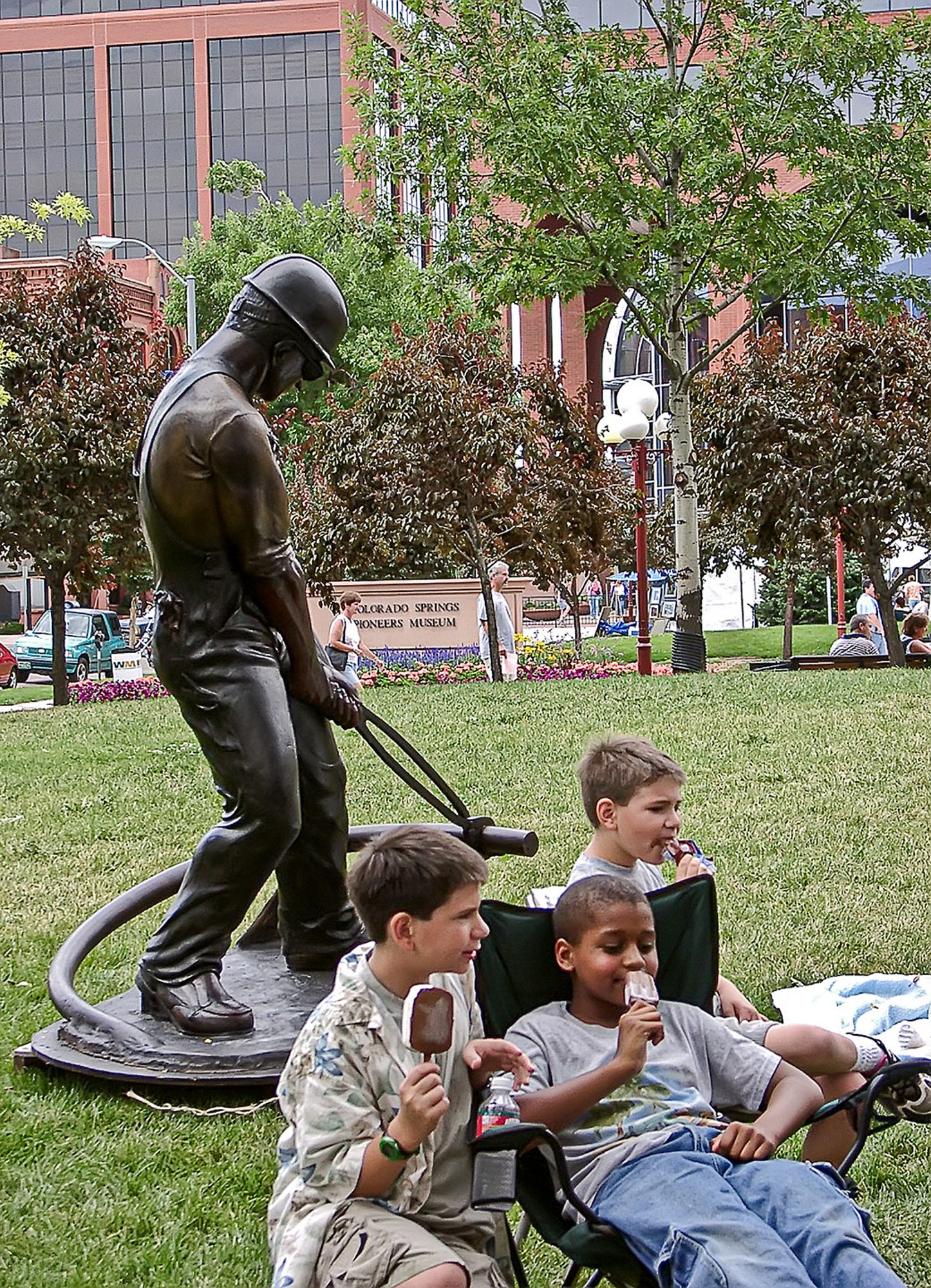

Effective street photography usually doesn’t slap you in the face with its beauty as a landscape might, or with its importance as a record of some significant event might. Unless the picture contains some striking action, you may look and then move on. But the subtle connection an effective street photograph makes with your psyche goes beyond beauty or significance and becomes a part of your contact with and comprehension of human experience. Effective street photography is poetry.
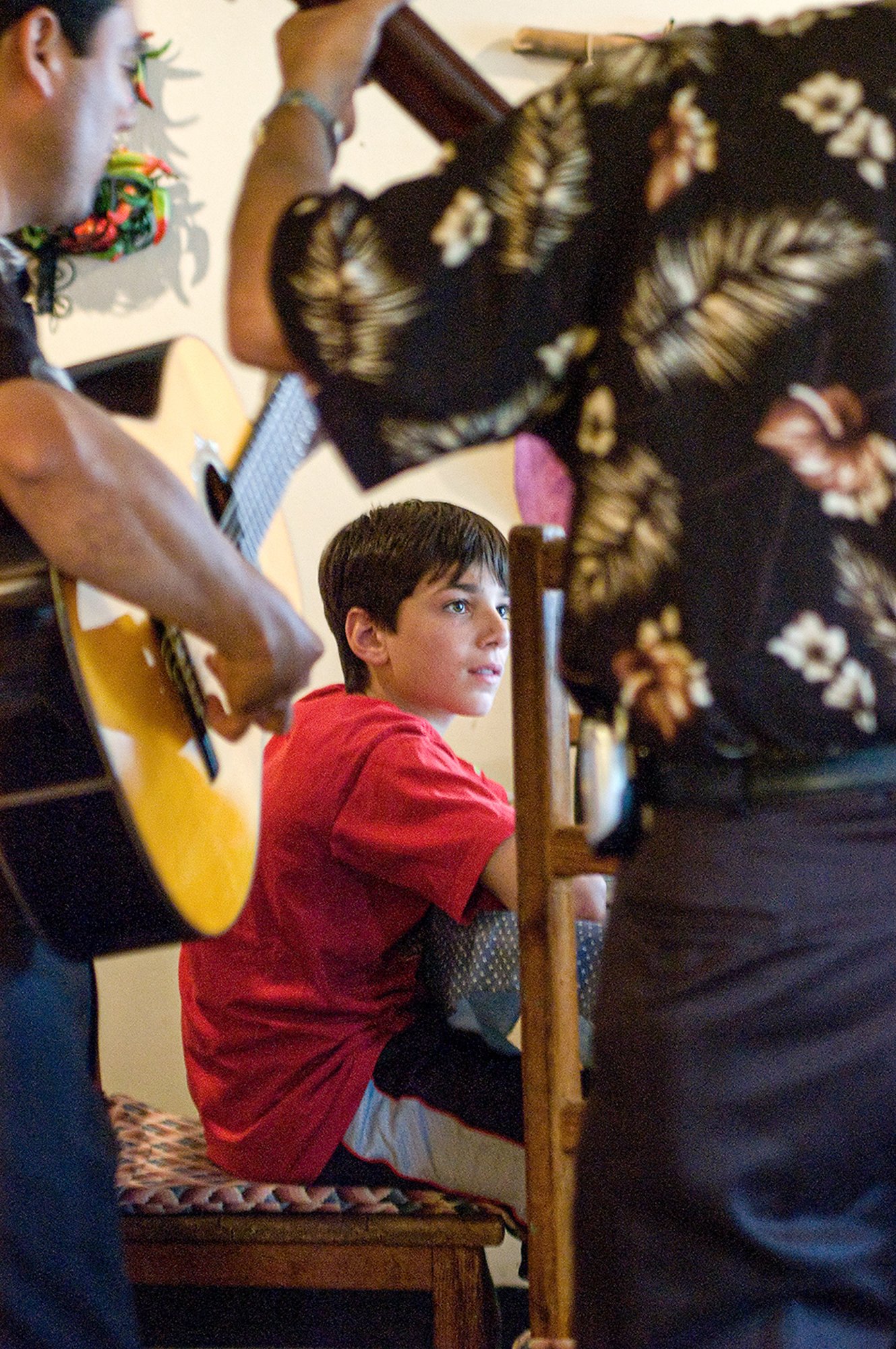

Unfortunately, there are street photographers who think they’re shooting the poetry of street photography but instead are shooting doggerel. The picture of a guy eating quietly at a restaurant’s outside table is street photography, but unless the subject is interacting significantly with a second person or there’s something in the surrounding environment that impinges on him in a significant way, or there’s something in his expression or his posture or his manner that transmits subtle meaning, the normal viewer’s inner reaction is “so what?” There’s simply no meaning the viewer can take away beyond the fact that a guy is sitting there, eating.
This kind of shooter mistakes conventional meaning for the kind of ambiguity at the heart of truly effective street photography. More often than not if the meaning of a scene is clear the result is reportage, not effective street photography. In a street photograph there’s usually a story, but in the most effective street photography the meaning of the story isn’t entirely clear. Instead of handing you an answer the picture raises a question and gives you a sensation you can’t quite put your finger on. The result is a riddle your own psyche has to resolve. And that’s the real source of street photography’s power. You must be the one who resolves the riddle.
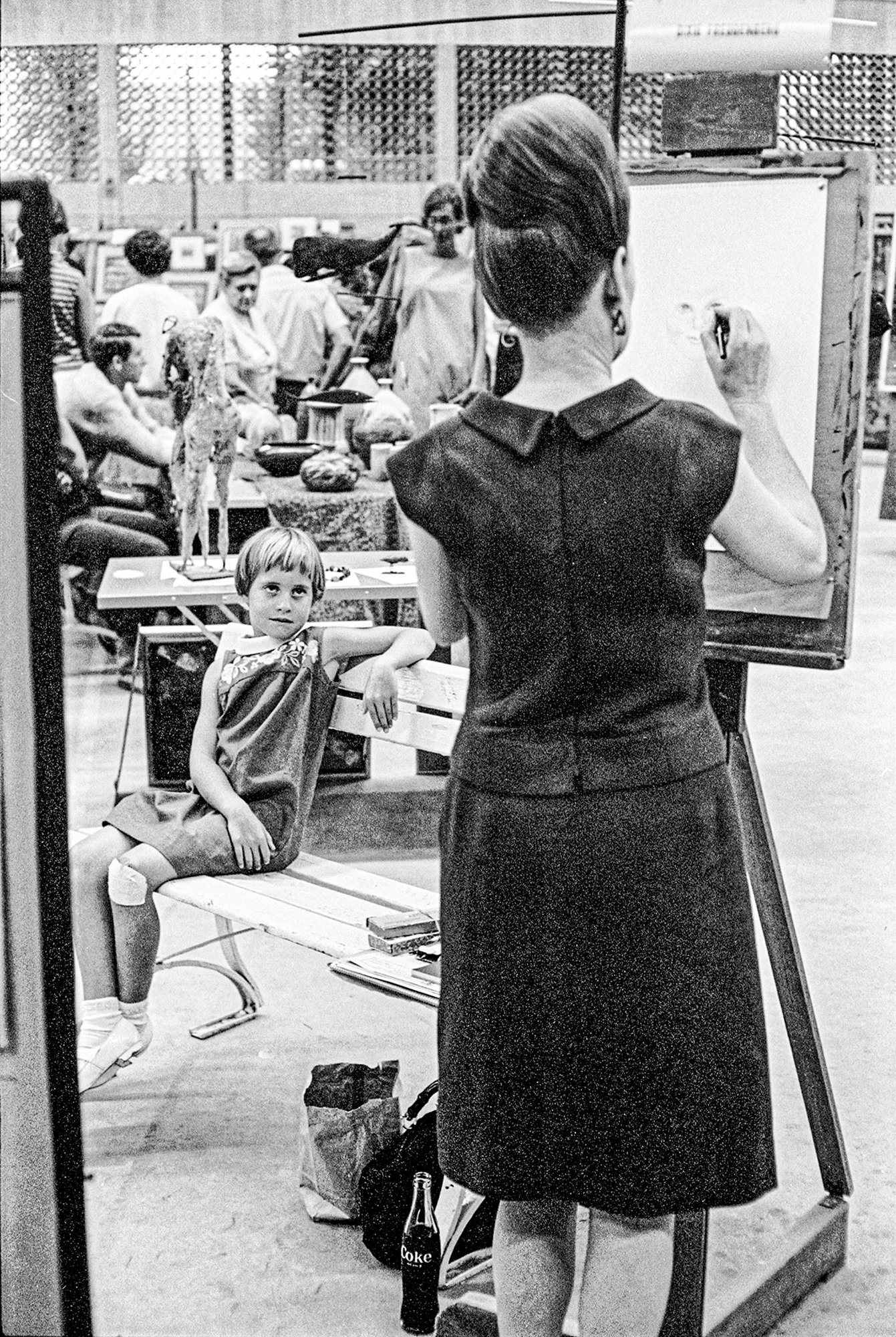

If it’s a really good street photograph you won’t be able to resolve the riddle consciously. There will be any number of possible answers. You can pick one, but the alternatives will still be there, within reach, and you won’t be able to ignore them. On the other hand, your psyche will find an answer, and in the process subtly increase meaning in your life.


Russ Lewis
May 2022
Read this story and all the best stories on The Luminous Landscape
The author has made this story available to Luminous Landscape members only. Upgrade to get instant access to this story and other benefits available only to members.
Why choose us?
Luminous-Landscape is a membership site. Our website contains over 5300 articles on almost every topic, camera, lens and printer you can imagine. Our membership model is simple, just $2 a month ($24.00 USD a year). This $24 gains you access to a wealth of information including all our past and future video tutorials on such topics as Lightroom, Capture One, Printing, file management and dozens of interviews and travel videos.
- New Articles every few days
- All original content found nowhere else on the web
- No Pop Up Google Sense ads – Our advertisers are photo related
- Download/stream video to any device
- NEW videos monthly
- Top well-known photographer contributors
- Posts from industry leaders
- Speciality Photography Workshops
- Mobile device scalable
- Exclusive video interviews
- Special vendor offers for members
- Hands On Product reviews
- FREE – User Forum. One of the most read user forums on the internet
- Access to our community Buy and Sell pages; for members only.





